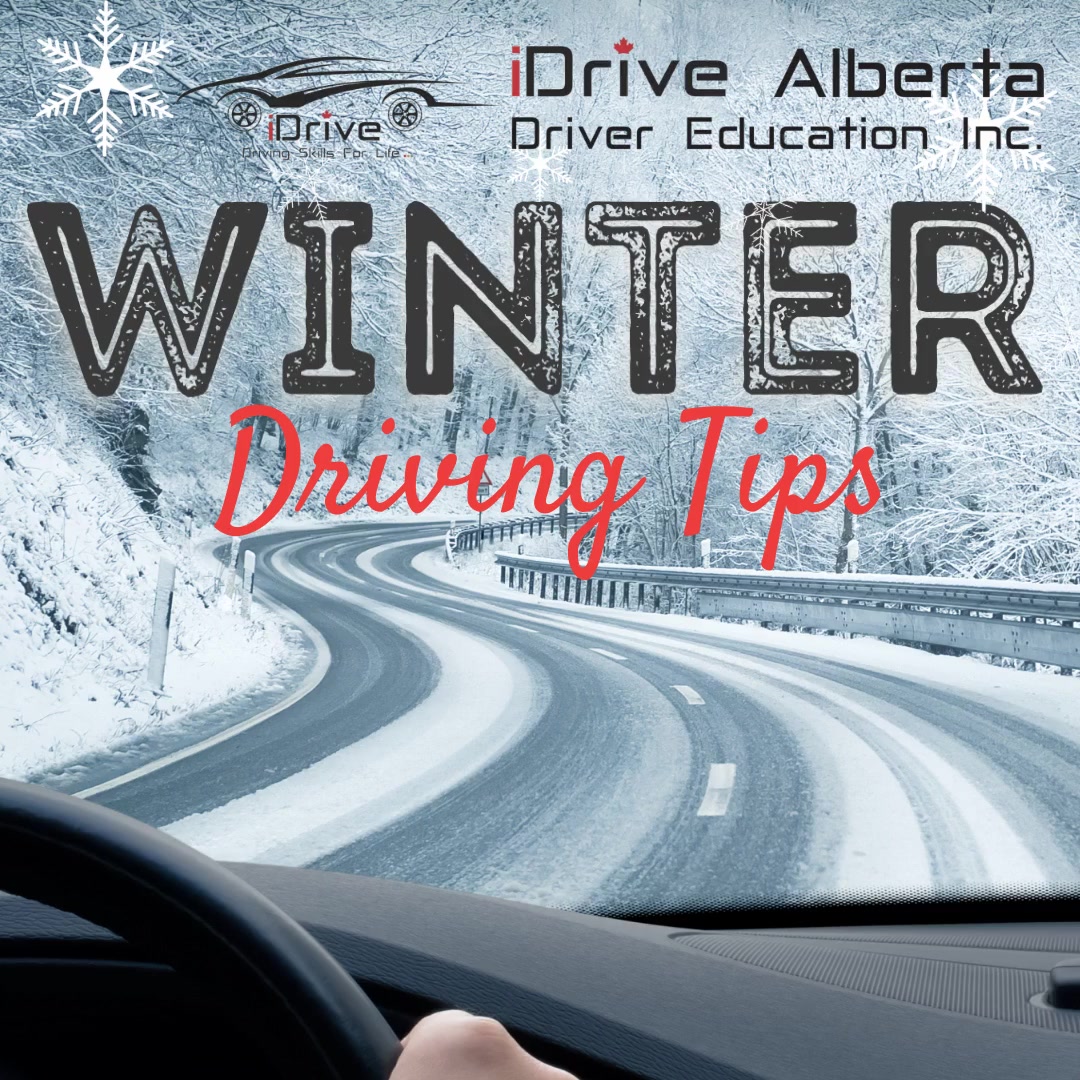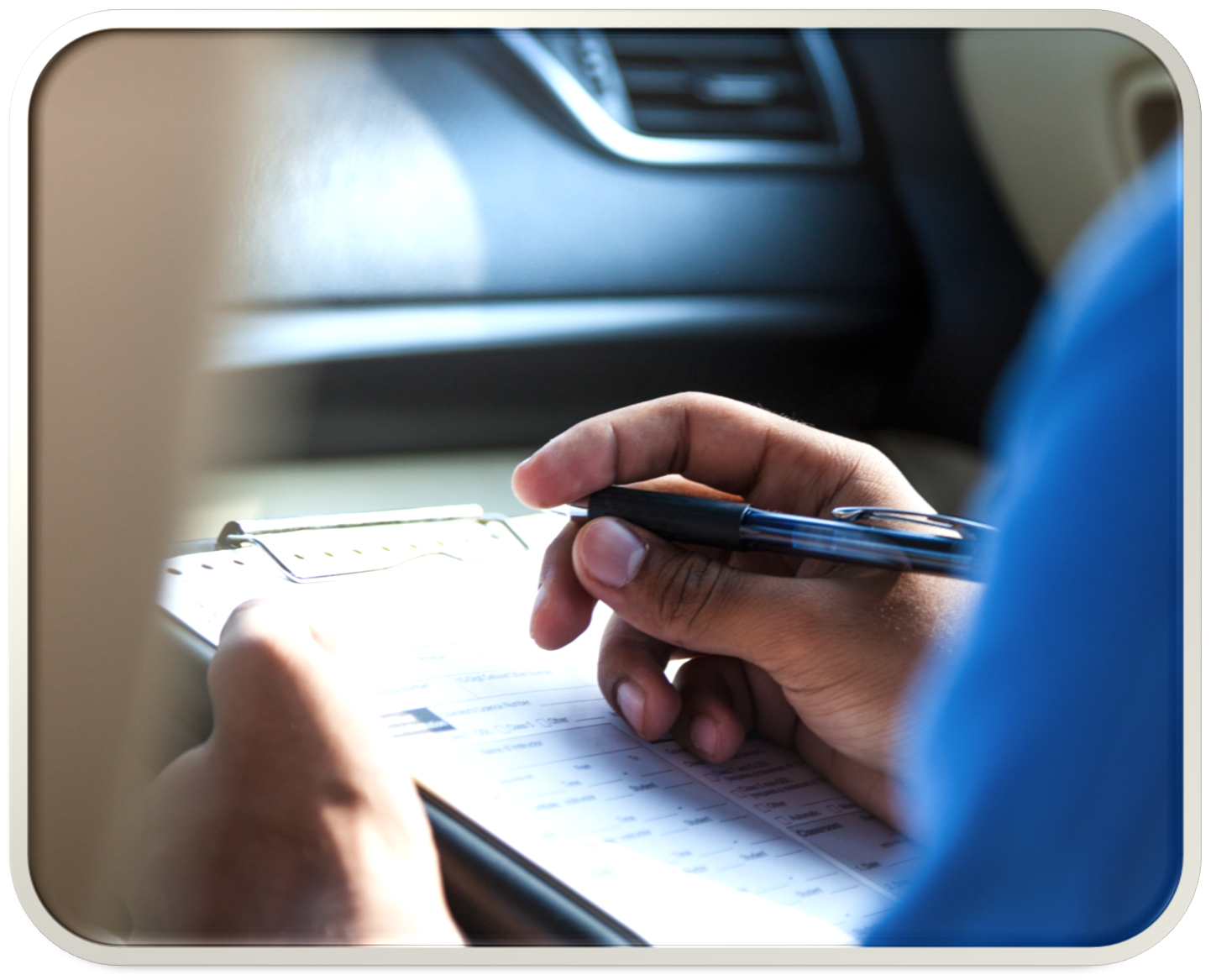Blog Details

Essential Skill for Winter Driving
When it comes to learning to drive, many don’t want to learn to drive in the winter, but the fact is that winter is a great time to learn to drive because you’re learning in some of the worst driving conditions. In winter months, braking and accelerating are much more difficult on snowy or icy roads than dry pavement. You also need more space, as your following distance will be different in winter compared to in other months of the year. Want to learn some winter tips read on:
- Always hold the steering wheel with both hands. Use a 9 and 3 positioning, so you can easily straighten out without the risk of oversteering.
- Never use cruise control on slippery roads. Your tires can lose traction trying to maintain a set speed.
- Always apply your brakes well before entering a curve or turn, so the vehicle slows down in a straight line. And remember to leave plenty of extra room for braking.
- Never pump the brakes. With an ABS system, as soon as you apply the brakes fully on, it brings the vehicle to a stop. If you driver an older vehicle, built before 2011, it may not have an ABS system. In which case, push your brake pedal until it’s at the threshold of locking. Then ease up from there.
- If you’re driving around a curve and the vehicle starts to slide, keep a light grip on the wheel and steer gently in the direction you want the vehicle to go. Don’t touch the brakes if the vehicle is skidding and to help with steering, look ahead where you want to go and that’s where you’ll steer to. Lastly, when the tires have found their grip again, resume an appropriate speed.
⚠️❄️ For more confidence in winter driving, book a 2-hour winter brush-up lesson…






_(6).jpg)
